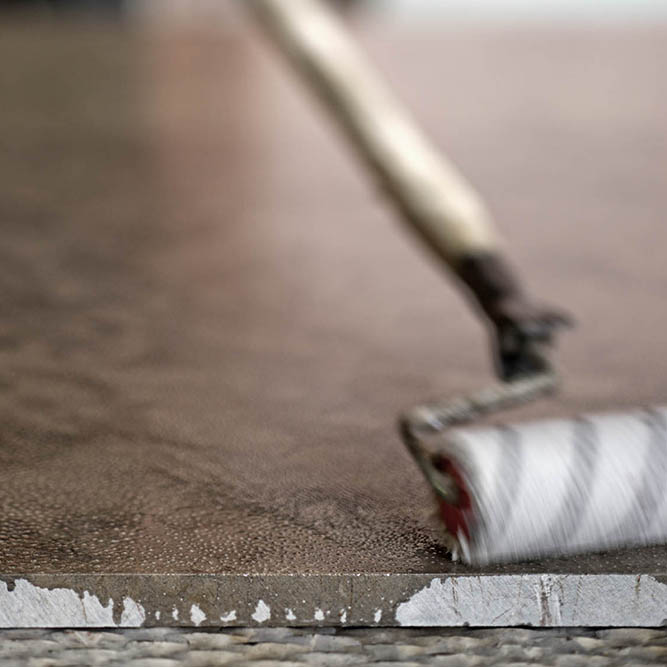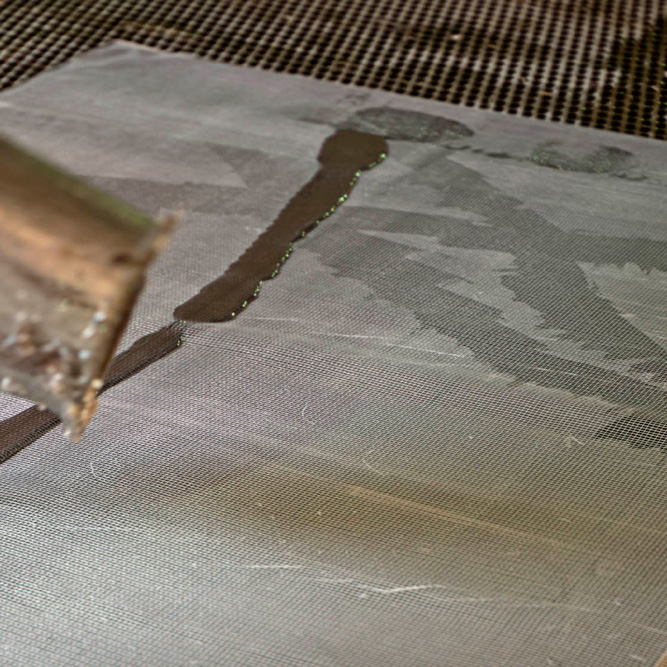


“The building’s regeneration and degeneration emphasizes the temporality of nature as an order of beginning and ending or, more broadly, life and death. The frequency of material failure due to weathering in early modern buildings had led, in more recent times, to the construction of buildings that are more efficient and more resistant to deterioration through weathering”.
As cladding has become dominant in contemporary production this raises a question about the manner in which it is to respond to ambient weather conditions and the possibilities of weathering.
Some of the consequences of weathering are:
• Staining, it is often the result of the juxtaposition of two materials, stone and metal for example, as in many nineteenth century industrial buildings.
• Rustic, it is the degeneration of a surface of a building affected by the action of the ambient elements.
• Dripping and absorption, it is the effect of the infiltration of rain water into finished layer of a building, whether in the cladding material or between the joints.
“The aim in the argument that precedes is to revise the sense of the ending of an architectural project, not to see finishing as the final moment of construction but to see the unending deterioration of a finish that results from weathering, the continuous metamorphosis of the building itself, as part of its beginning and its ever-changing finish”.
The action of weathering has a marked effect on the colour and texture of the stonework. The slight erosion modifies the texture of softer stones, while the prolonged exposure over the years can lighten the colours. It is then up to the architect to decide on the sense of ending and deterioration of a building as he has to take into consideration the limitations and maintenance procedures of building materials keeping in mind the aging factor.
And for that, the latest technique used nowadays in industry for protecting stone surfaces from aging effects is the application of epoxy resins by vacuum. This process allows the filtration and deep absorption of the resins through the whole thickness of the tile instead of the surface application of polyester resins and glue. Allowing a preservation of the material, the epoxy resin changes the composition of stone filling all its gaps and maintaining it structure and texture. The cycle starts with the drying of slabs in a multilayer oven, followed by the application of the epoxy resin, then passing the slabs into a vacuum chamber before a manual recheck of the surface. Finally, the treated slabs are inserted in a second multilayer oven, where they are kept for three and a half hours to dry before process completion. For an ultimate result, it is necessary to keep the treated slabs rest for 24 hours before polishing and cutting.

